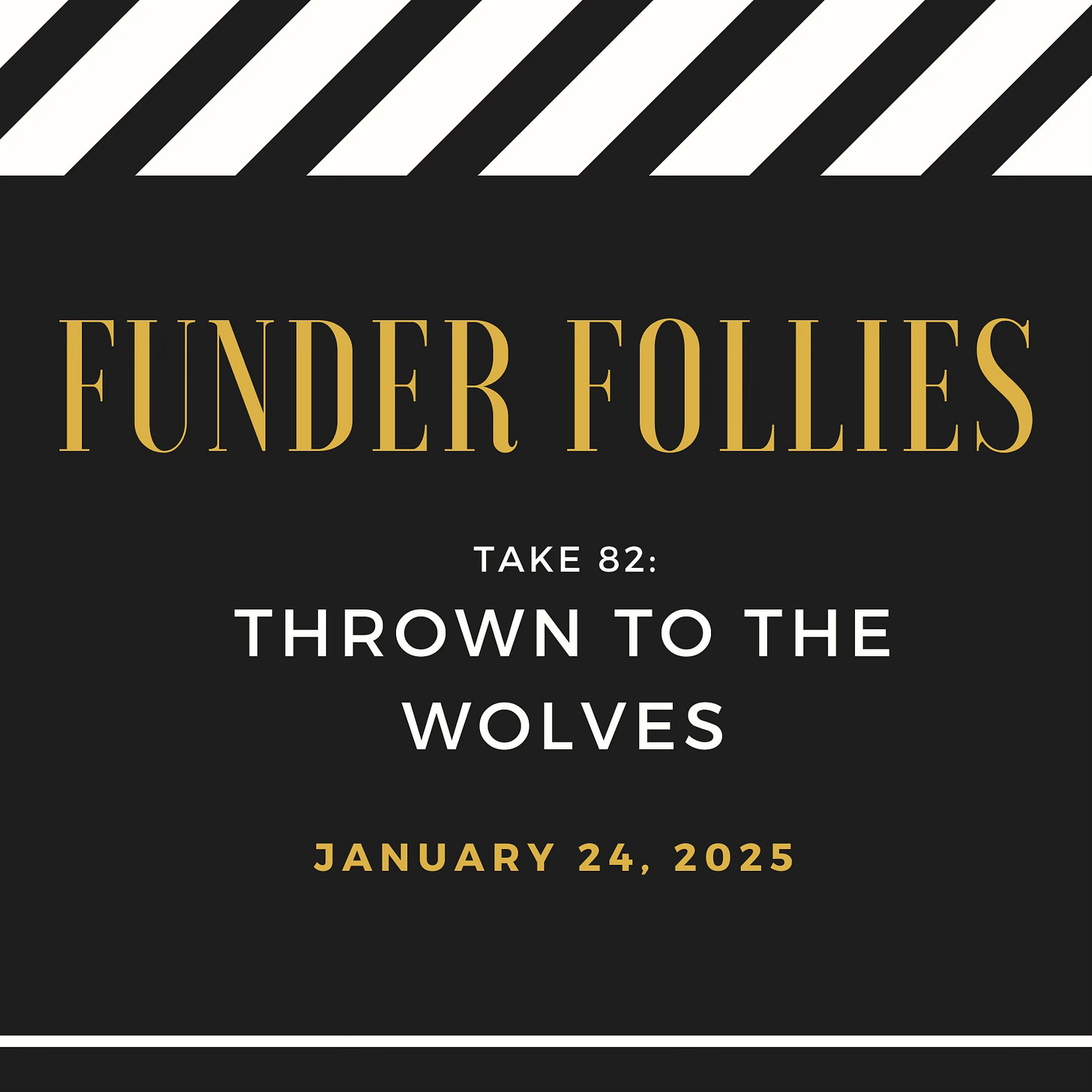Once upon a time there was a wonderful, small-staffed nonprofit that took the bold move of promoting a program person into a development manager role. (I love this!! Who better to tell the story?) A few months later, the executive director asked the new fundraiser to present the 2025 development plan to the board.
"Have you attended any board meetings yet?" I ask. "No" was the unsurprising reply.
Heading into a high stakes meeting without any sense of the group dynamic is tough.
We’ve all felt that gnawing uncertainty of having to present to a donor or funder. Or boss. Or board. Feels a bit like being thrown to the wolves.
But let's give the executive director the benefit of the doubt. Let’s assume the ED saw this as an opportunity for the new Development Director to shine and share the magic of fundraising with the board.
I’ll bet you have some advice for our super-capable-but-still-settling-in DD.
While you ponder (and comment), I’ll share mine …
1. Keep it simple and direct.
Good fundraising is mostly common sense, and too much detail is overwhelming. An honest, straightforward presentation helps the board stay strategic and high level, rather than getting lost in the weeds. Trust your instincts on what’s important.
2. Connect your priorities to the fiscal year budget.
Structure your discussion on fundraising around the revenue streams in the board-approved budget. Which are your responsibility? Focus there and forget the rest.
The board-approved FY budget defines your fundraising priorities. Period.
3. Compare FYTD numbers. (Dollars.)
Contrast where you were a year ago and where you are now. (We call this financial report YOY: year over year.) How many donors? How much money raised? Now you’ve provided context to frame your goals for 2025.
4. Spell out key steps to achieve your 2025 goals.
Outline how the board of directors is instrumental to your nonprofit's fundraising success. Let me count the ways!
The board’s governance role includes a fiduciary responsibility for your organization’s financial health. That means giving. (Here’s an example Board Give/Get policy with a handy pledge form.)
Board members influence funders when they show 100% board giving.
Only a board member can build a peer relationship with a donor. Staff is staff.
5. Define 2025 action steps for staff and board.
Affirm your role in making it easy. After all, fundraisers have excellent coordination and communication skills! Here are a few easy activities for board members:
Call donors who just gave and leave a thank-you message. It’s January! People just gave. (See last week’s Folly for a brief board script.) Prioritize those who gave much or give often.
Host a small “house party” where the ED can share organizational success and priorities for the year ahead over Wednesday night wine and cheese (or Saturday morning coffee and donuts). Make it fun! If the right 10 people are in the room, it’s a terrific donor engagement.
Find more examples in last week’s What’s Your (Fundraising) Plan? rant plea and suggest one or two things in your board presentation that feel do-able.
Speaking of last week … it was our 100th issue of the Follies! Every issue is available to everyone for free, but it would be grand if you might consider becoming …





